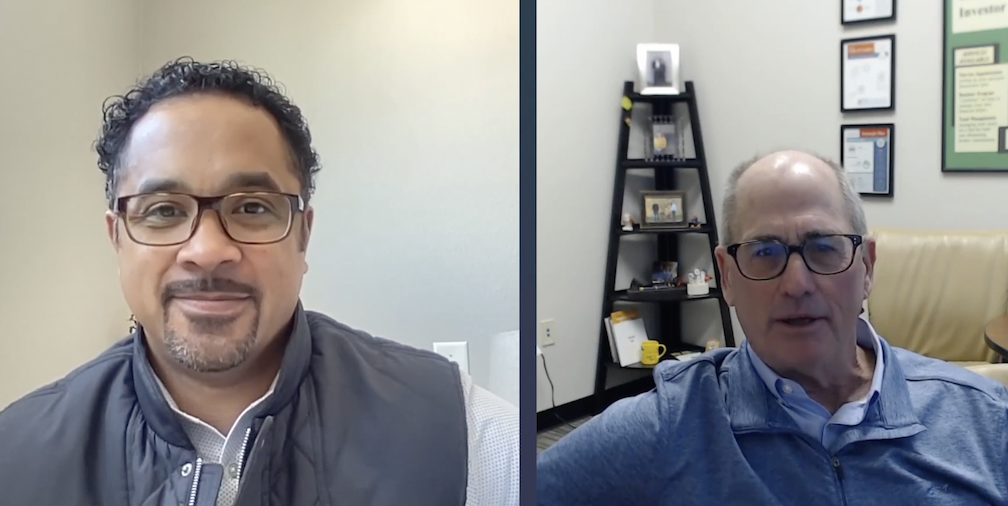At TIFIN Wealth, we believe in better financial outcomes for all investors. And part of that is acknowledging what makes every person unique. Technology-driven personalization signals are intended to identify the needs, preferences, and values of each person. While financial advisors can bring these lessons into any client conversation, there are differences to consider when working with women. In recognition of Women’s History Month, we explore some of these differences in the article below.
Why Gender Matters
Using a lens of gender in client conversations is simply another tool in an advisor’s toolkit. It is not to say that there are intrinsic differences between how men and women approach their relationship with finances. It does, however, speak to the historic and societal factors that impact each person’s relationship with finances in practice.
One may argue that a gender-based lens is a dated concept and inadvertently reinforcing traditional gender roles. Meaningful considerations are those that seek to understand real unmet needs, rather than falling into what can be seen as a reductive stereotype.
A study from consultancy Oliver Wyman on serving women clients assessed that “Gender-neutral approaches do not necessarily deliver gender-neutral outcomes.” Gender-neutrality can unintentionally revert to a precedent that leans toward the preferences and needs of men. The study further estimated that “financial services firms are missing at least a $700 billion revenue opportunity each year by not fully meeting the needs of women customers.”
As the Great Wealth Transfer continues, American women are expected to control much of the $30 trillion in assets that baby boomers currently possess by 2030. Women are more financially empowered and independent today than they were in decades past, yet still face different barriers to wealth accumulation. For example, it wasn’t until 1978 that it became illegal to let somebody go someone for becoming pregnant and until 1988 to give women access to business loans without requiring a male relative to co-sign.
Pew Research Center has found that the average American woman earns $0.82 for every dollar that their male counterparts earn. Women also continue to hold two-thirds of America’s student debt. Taking longer to accumulate wealth and pay off debt can limit women from saving for goals like retirement, homebuying, or starting a business.
These figures change over the course of a career. While many women have higher pay parity at the beginning of their careers, the pay gap widens with age. Traditional wealth planning assumes income steadily increases each year. This assumption, however, is more applicable to men. Women, on average, take more breaks for caregiving than men – whether during childbearing years or when it is time to care for aging parents.
In fact, a Goldman Sachs study found that 50% of women are behind schedule on retirement savings, compared to 35% of men. The same study found that two four-year periods out of the workforce for childcare and eldercare can reduce retirement savings by up to 35%.
Combine this with longer life expectancy – American women live an average of 5 years longer than men – women have more retirement years to prepare for, often on less lifetime earnings. The potential to outlive a spouse also means there’s often the transition of a portfolio where many widows are in control of portfolios for the first time.
Taking Action
Unique needs call for tailored approaches to planning. The first step is acknowledging these differences and working to understand the challenges each client may have faced to help them get on track.
For advisors unsure where to begin, technology can help advisors start to personalize during the discovery phase of a client relationship. Technology can help you explore personalization signals driven by everything from risk tolerance to life stages to thematic preferences. Further, the right technology can help you act on what you learn whether through financial plans that tackle the steps that could create barriers on the path to a successful retirement. Advisors who seek to act on this data can also deploy tools that focus on investments, communications, and even charitable giving, helping you build trust with groups that may have been traditionally underserved.
At the end of the day, better serving women – and all groups with a unique set of goals – is good business. With trillions shifting hands by the end of the decade, a one-size-fits all may no longer suit those who face realities and situations requiring a customized approach.
Ready to get started personalizing to all demographics? Get a personal tour of the platform today.



